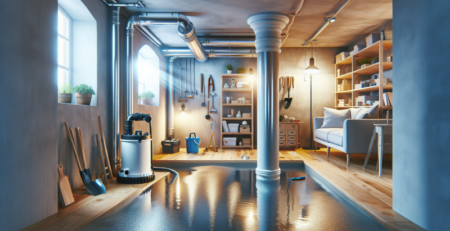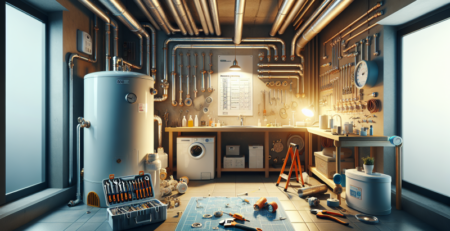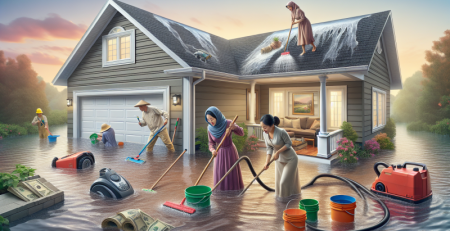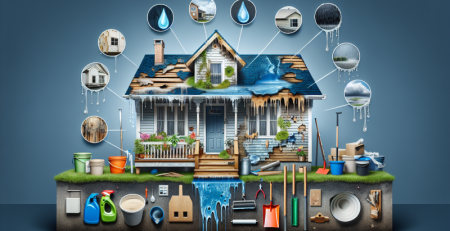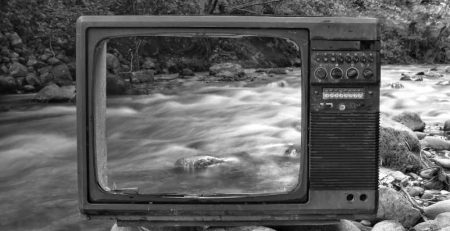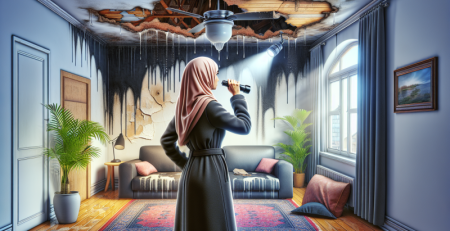How to Identify and Treat Mold in Your Home
Mold is a common problem in many households, often lurking in damp, dark corners and posing serious health risks. Understanding how to identify and treat mold is crucial for maintaining a safe and healthy living environment. In this comprehensive guide, we will explore the various types of mold, how to spot them, the health risks associated with mold exposure, and effective treatment methods. We will also discuss the importance of professional restoration services, particularly in regions like New Jersey, where water damage restoration and mold cleanup are critical for homeowners.
Understanding Mold: What You Need to Know
Mold is a type of fungus that thrives in moist environments. It reproduces through tiny spores that can easily become airborne and spread throughout your home. There are several types of mold, but the most common household molds include Aspergillus, Cladosporium, Penicillium, and Stachybotrys, often referred to as black mold. Each type of mold has its own characteristics and potential health effects.
How Mold Grows
Mold requires three key elements to thrive: moisture, warmth, and organic material. This means that areas of your home that have experienced water damage, such as basements, bathrooms, and kitchens, are particularly susceptible to mold growth. If you notice a musty smell or see discoloration on walls or ceilings, it may be a sign of mold.
Health Risks Associated with Mold
Exposure to mold can lead to a variety of health issues, particularly for individuals with respiratory conditions, allergies, or weakened immune systems. Symptoms can range from mild to severe and may include:
- Coughing and sneezing
- Nasal congestion
- Skin irritation
- Eye irritation
- Shortness of breath
If you suspect mold in your home, it’s essential to address the issue promptly to protect your health and the health of your family.
Identifying Mold in Your Home
Identifying mold in your home can be challenging, especially if it is hidden behind walls or under carpets. Here are some effective methods to help you detect mold:
Visual Inspection
Begin with a thorough visual inspection of your home. Look for:
- Discoloration: Mold can appear as black, green, or white spots on surfaces.
- Water stains: Check for stains on walls, ceilings, and floors, which may indicate past water damage.
- Dampness: Areas that feel damp or have high humidity levels are prime candidates for mold growth.
Smell Test
A musty or earthy odor is often a telltale sign of mold. If you notice this smell, investigate further to locate the source.
Use of Moisture Meters
Moisture meters can help you identify areas with excessive moisture, which can lead to mold growth. These devices can be particularly useful in basements and crawl spaces.
Professional Mold Inspection
If you suspect a significant mold problem, consider hiring IICRC certified experts for a professional inspection. They have the tools and expertise to identify hidden mold and assess the extent of the damage. In New Jersey, companies specializing in mold cleanup can provide thorough inspections and remediation services.
Treating Mold: DIY vs. Professional Help
Once you’ve identified mold in your home, the next step is treatment. Depending on the severity of the mold problem, you may choose to tackle it yourself or hire professionals.
DIY Mold Removal
For small areas of mold (less than 10 square feet), you may be able to handle the cleanup yourself. Here’s how:
- Protect Yourself: Wear gloves, goggles, and a mask to protect yourself from mold spores.
- Ventilate the Area: Open windows and doors to ensure proper ventilation.
- Use Cleaning Solutions: A mixture of water and detergent can be effective for cleaning non-porous surfaces. For porous materials like drywall, it’s often best to remove and replace the affected area.
- Dry the Area: After cleaning, ensure the area is thoroughly dried to prevent mold from returning.
When to Call Professionals
If the mold covers a large area, or if you have health concerns, it’s best to call in professionals. Companies that specialize in professional restoration services can provide comprehensive mold remediation, ensuring that the problem is fully resolved and preventing future growth.
The Importance of Water Damage Restoration
Mold is often a direct result of water damage. Therefore, addressing water damage promptly is crucial in preventing mold growth. In New Jersey, where heavy rains and flooding can lead to significant water damage, it’s essential to have a plan in place.
Water Damage Restoration Process
The water damage restoration process typically involves several steps:
- Assessment: Professionals will assess the extent of the damage and create a restoration plan.
- Water Extraction: Using specialized equipment, they will remove standing water from your home.
- Drying and Dehumidification: The affected areas will be dried thoroughly to prevent mold growth.
- Cleaning and Sanitizing: All surfaces will be cleaned and sanitized to remove any contaminants.
- Restoration: Finally, any damaged materials will be repaired or replaced.
Choosing the Right Restoration Company
When selecting a restoration company, look for one that offers 24/7 emergency services and is IICRC certified. This ensures that you are working with qualified professionals who can handle your situation effectively.
Preventing Mold Growth in Your Home
Prevention is always better than cure. Here are some effective strategies to prevent mold growth in your home:
Control Humidity Levels
Keep indoor humidity levels below 60% by using dehumidifiers and air conditioners. Regularly check areas prone to moisture, such as bathrooms and kitchens.
Proper Ventilation
Ensure that your home is well-ventilated. Use exhaust fans in bathrooms and kitchens to remove excess moisture. Open windows when weather permits to allow fresh air to circulate.
Regular Maintenance
Regularly inspect your home for leaks and water damage. Address any plumbing issues immediately to prevent water from accumulating.
Mold-Resistant Products
Consider using mold-resistant products, such as mold-resistant drywall and paint, especially in areas prone to moisture.
Conclusion
Identifying and treating mold in your home is essential for maintaining a healthy living environment. By understanding how to spot mold, the risks associated with it, and the best treatment methods, you can protect your home and your family. Whether you choose to tackle mold removal yourself or hire professionals, prompt action is key.
If you are facing mold issues or have experienced water damage, don’t hesitate to reach out to Kraus Restoration. As leaders in fire damage repair New Jersey and mold cleanup New Jersey, we offer rapid response restoration services and are ready to assist you 24/7. Call us today at (973) 886-2021 to ensure your home is safe and mold-free.

